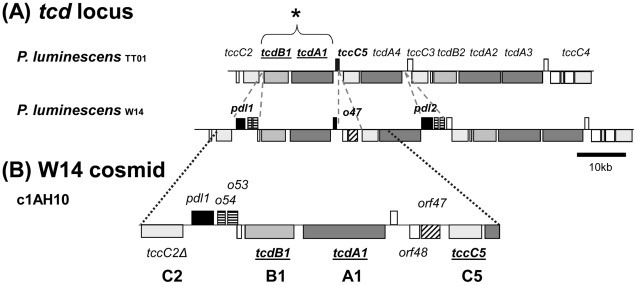Figure 2. The tcd Pathogenicity islands of P. luminescens.
(A) A comparison of the tcd pathogenicity islands (pai) of P. luminescens strains TT01 and W14. Note in the tcd pai, it is the tcdA1 and tcdB1 genes previously that have been associated with oral toxicity to M. sexta (see *). Several genes present in the Pl W14 tcd pai which are absent from Pl TT01 are indicated by the dotted lines. These include pdl1 and pdl2 (filled black) which are predicted lipases and orf54 homologues (horizontal stripes) which have type II secretion leader peptides. The orf47 predicted gene product (diagonal stripes) also has a predicted lipase domain and the downstream orf48 protein also has a type II secretion leader peptide. This suggests analogous roles to pdl1 and orf47. (B) A Pl W14 cosmid clone (c1AH10) that is sufficient to allow E. coli to produce both cell associated and freely secreted oral toxicity similar to Pl W14. This cosmid contains intact copies of all three tc homologues (subunits A+B+C) known to be necessary for producing full oral toxicity. Note the tccC2 gene is N-terminally truncated and not functional on this clone.

